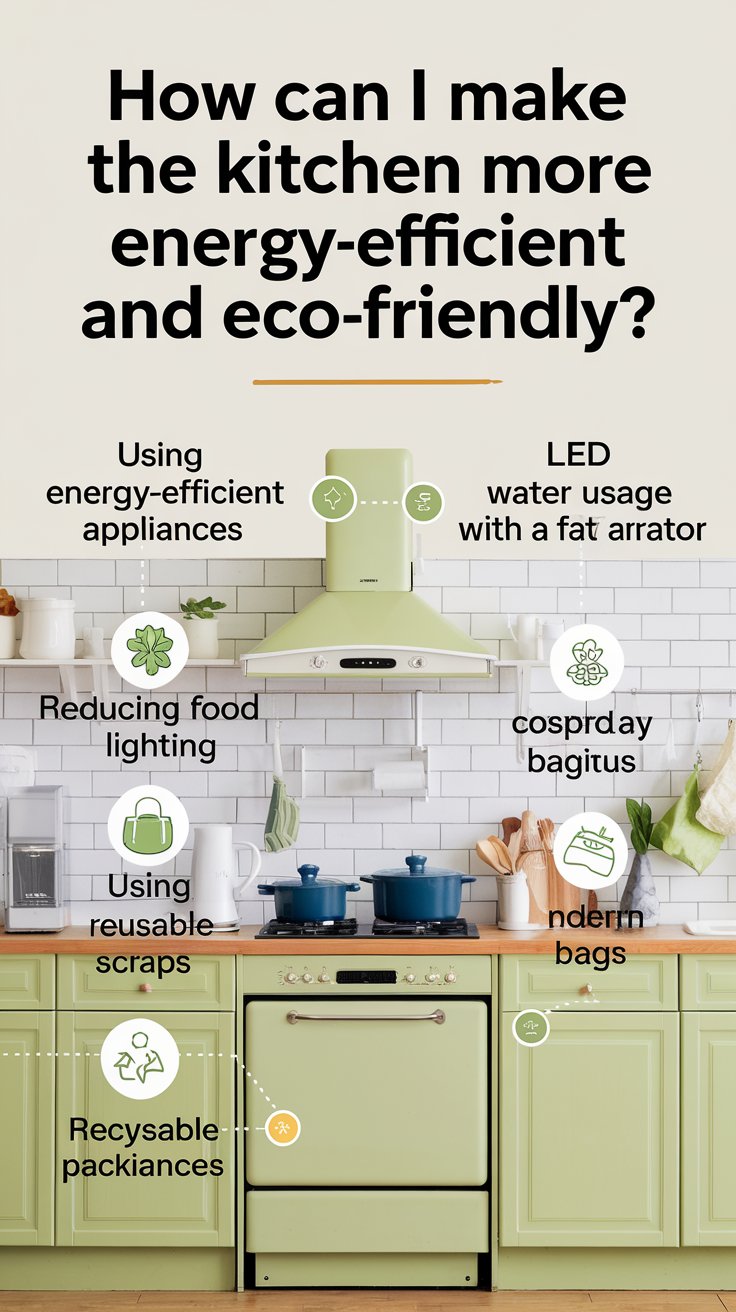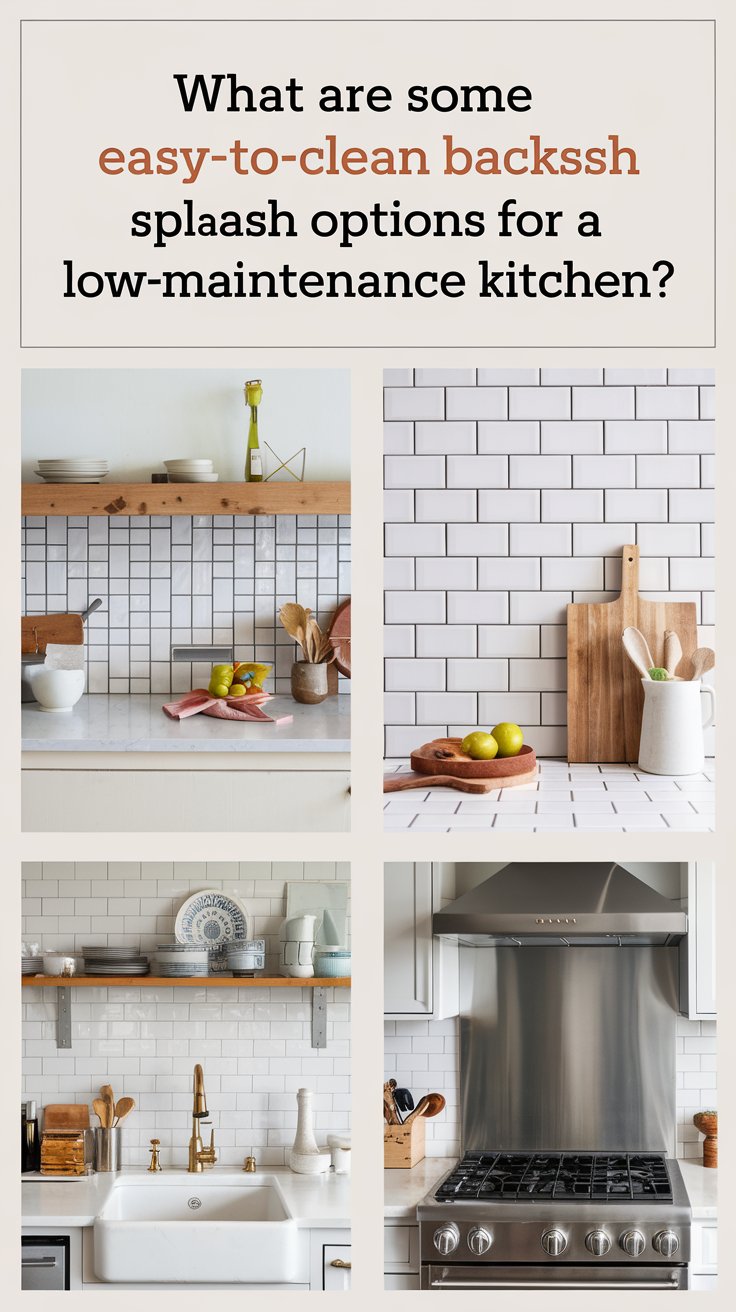Creating an energy-efficient and eco-friendly kitchen not only benefits the environment but also reduces energy bills and enhances the overall sustainability of your home. Here’s a comprehensive guide to transform your kitchen into an eco-conscious hub.
1. Choose Energy-Efficient Appliances :
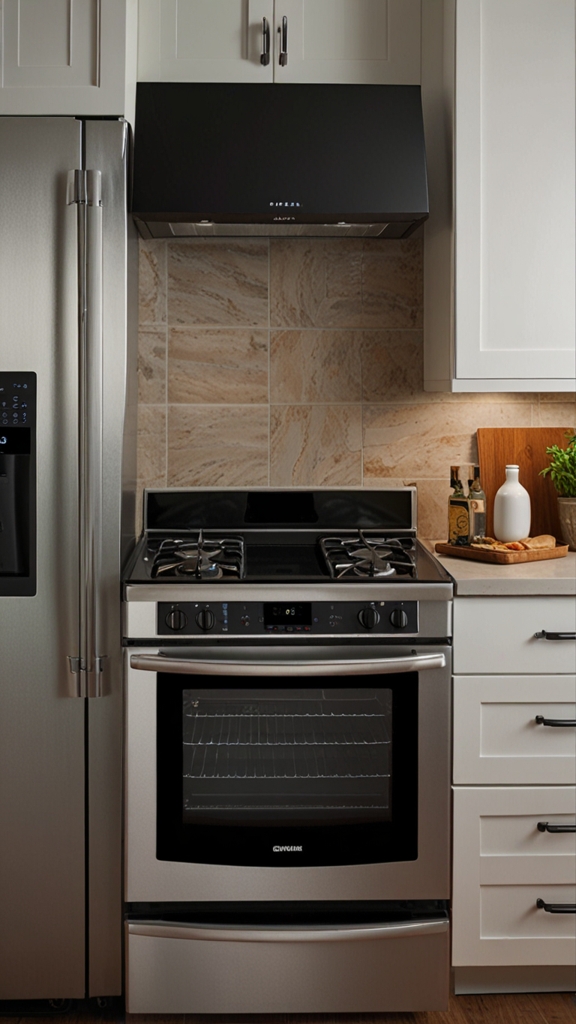
Modern appliances consume significantly less energy compared to older models. Look for:
- ENERGY STAR® certified appliances: These are designed to use less energy and water without compromising performance.
- Refrigerators with inverter technology: These operate more efficiently by adjusting cooling power based on demand.
- Induction cooktops: They heat faster and lose less energy compared to traditional gas or electric stoves.
2. Opt for LED Lighting :
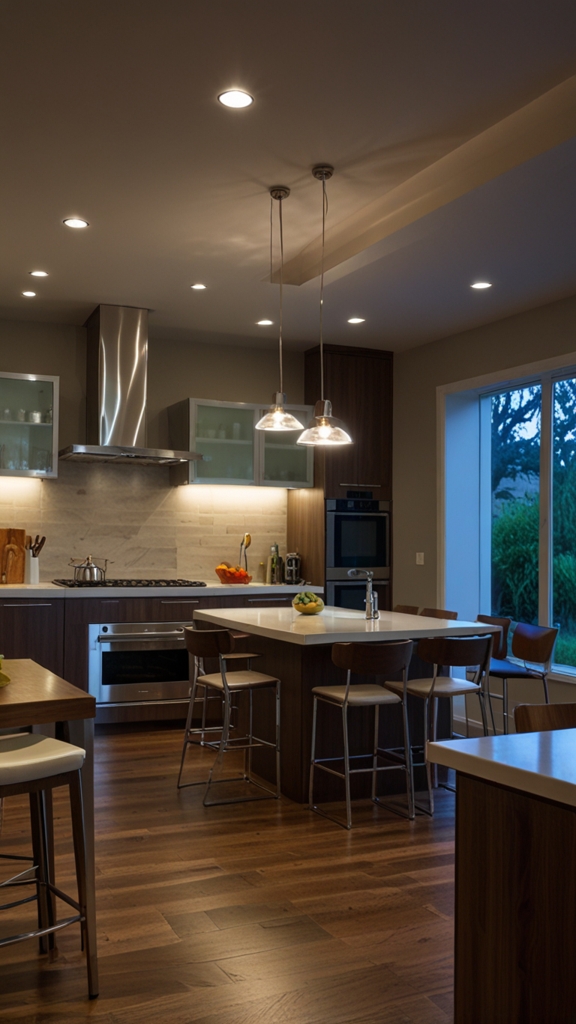
Lighting plays a crucial role in kitchen efficiency. Replace incandescent or halogen bulbs with:
- LED lights: They use up to 75% less energy and last significantly longer.
- Smart lighting systems: These allow you to schedule or dim lights, conserving energy.
3. Install a Water-Efficient Faucet :
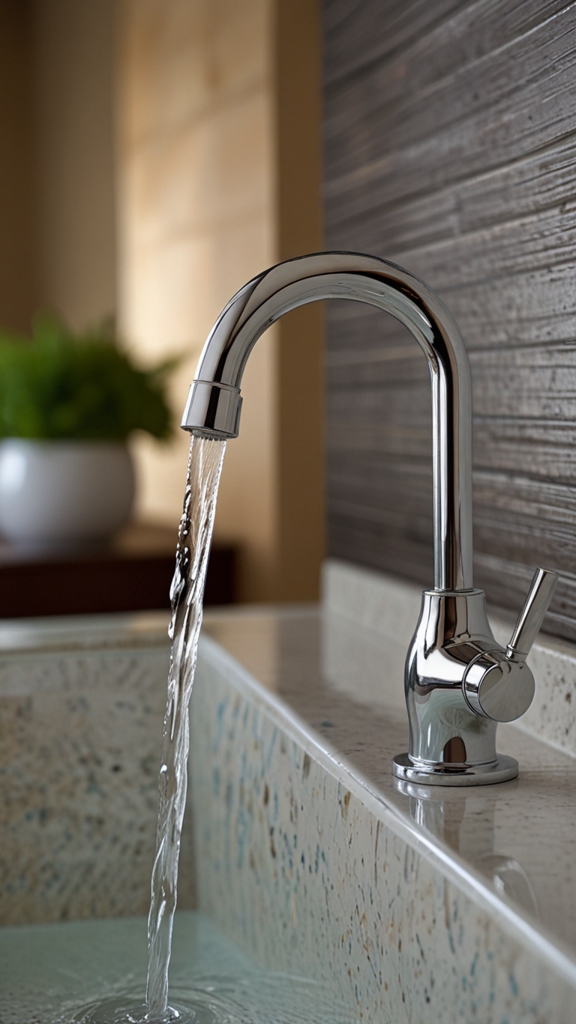
Conserve water by upgrading to:
- Low-flow faucets: These use aerators to maintain pressure while reducing water usage.
- Touchless faucets: Minimize water waste by shutting off automatically when not in use.
4. Use Sustainable Materials :
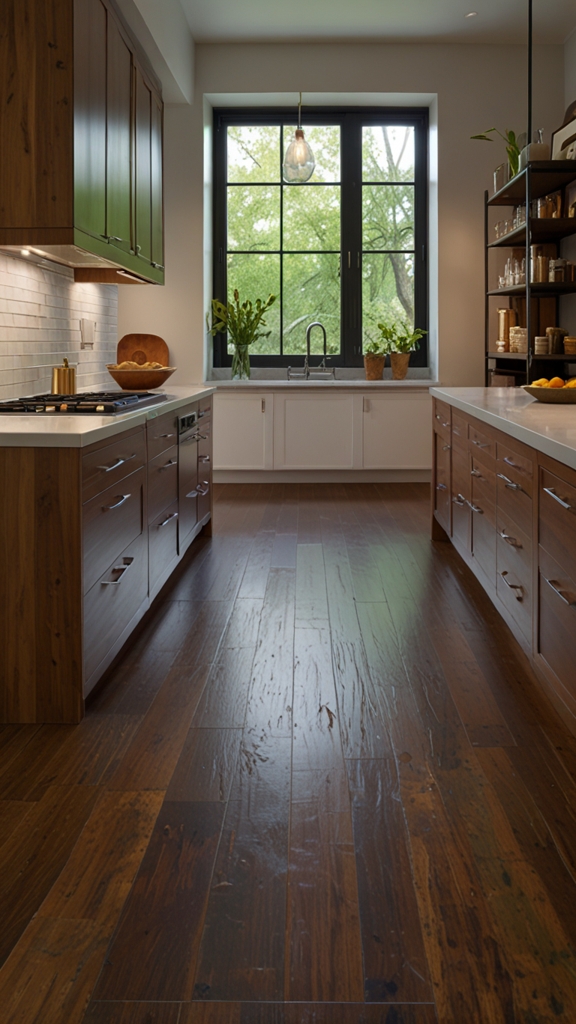
When remodeling, consider eco-friendly materials for cabinets, countertops, and flooring:
- Bamboo or reclaimed wood: Sustainable and durable options for cabinets and flooring.
- Recycled glass or composite countertops: Beautiful and environmentally responsible alternatives to traditional stone or laminate.
- Low-VOC (volatile organic compounds) paints and finishes: Improve indoor air quality.
5. Adopt Smart Kitchen Technology :
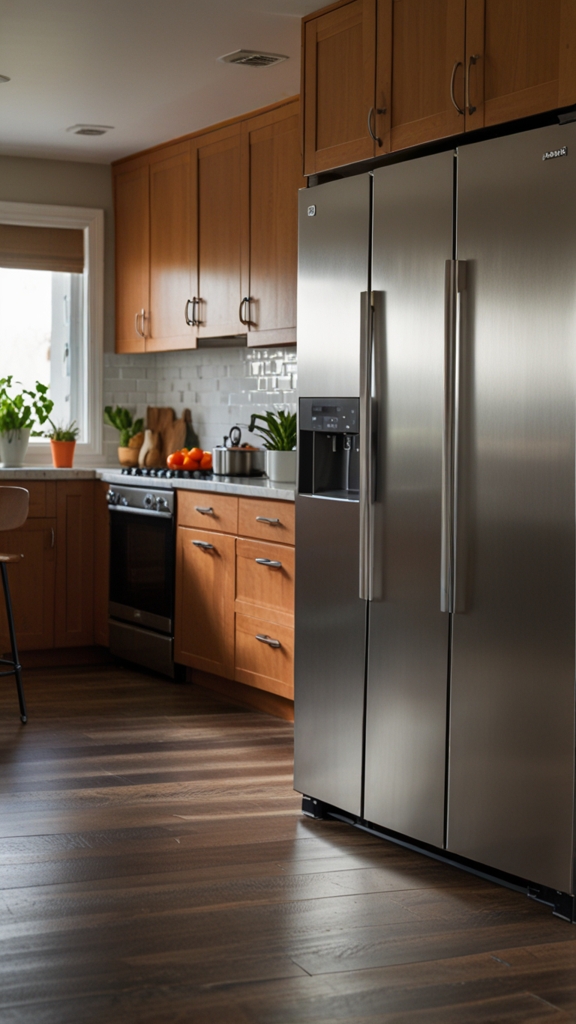
Integrating smart technology can help monitor and reduce energy use:
- Smart thermostats: Manage heating and cooling efficiently.
- Smart plugs and power strips: Prevent energy waste by cutting power to idle appliances.
- Smart refrigerators: Notify you about expiring food, helping reduce waste.
6. Practice Waste Reduction :
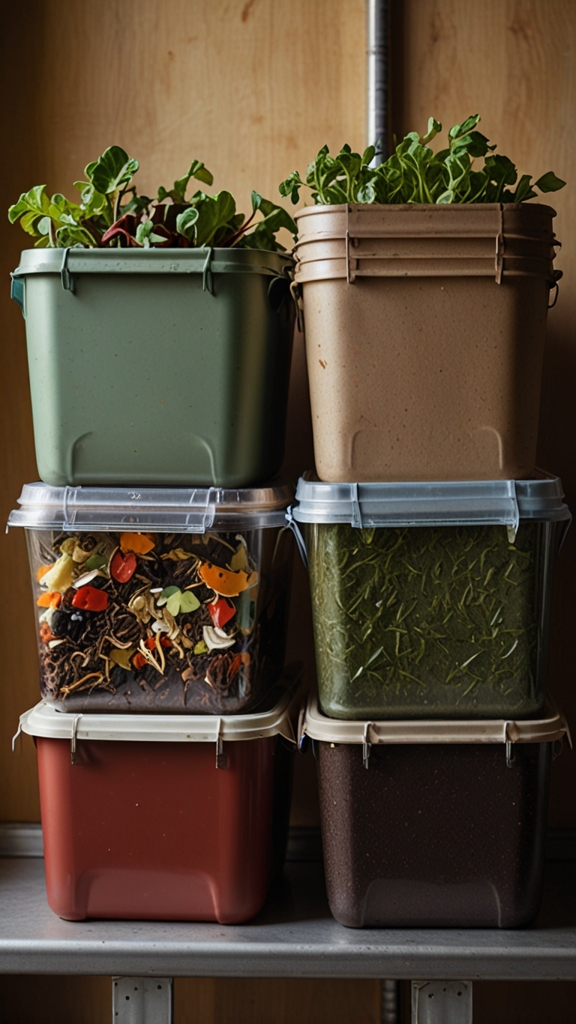
Reducing waste is a key part of eco-friendly living:
- Compost food scraps: Create nutrient-rich compost for gardening.
- Invest in reusable containers: Minimize single-use plastics by using glass or stainless steel containers.
- Recycle diligently: Set up bins for easy separation of recyclables.
7. Improve Insulation and Ventilation :
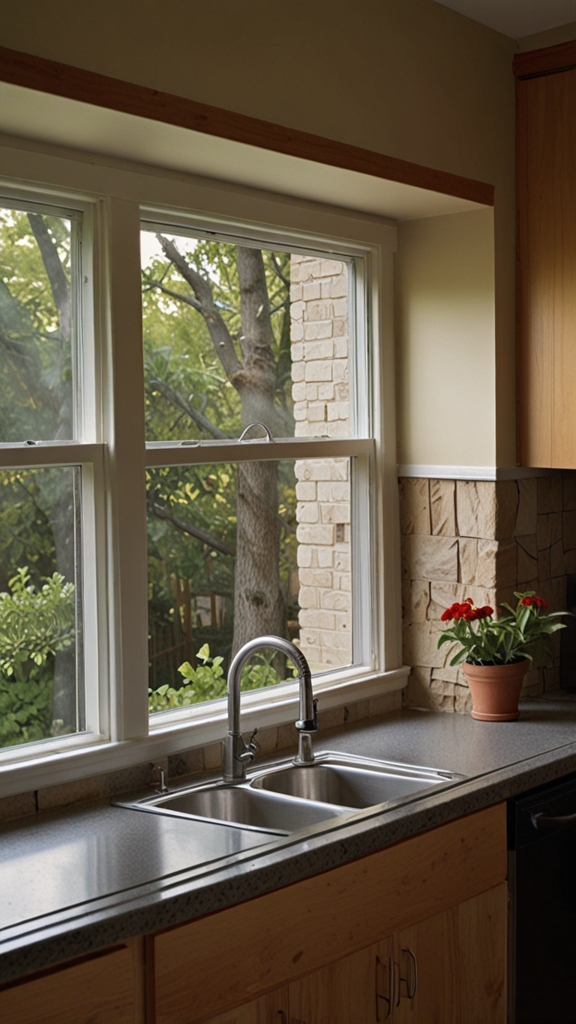
Enhancing insulation and airflow reduces energy loss:
- Seal gaps around windows and doors: Prevent drafts that force appliances to work harder.
- Install energy-efficient windows: Keep the kitchen comfortable year-round.
- Add a range hood with proper ventilation: Remove excess heat and moisture, reducing strain on air conditioning.
8. Harness Renewable Energy :
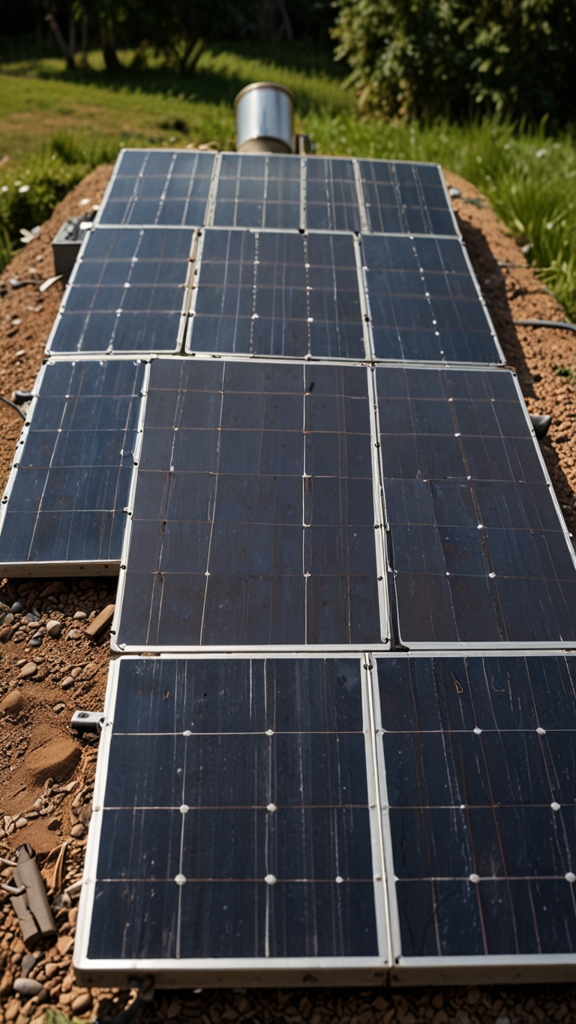
If feasible, incorporate renewable energy sources:
- Solar panels: Power your kitchen with clean, renewable energy.
- Solar water heaters: Reduce the energy needed to heat water.
9. Use Smaller Appliances When Possible :
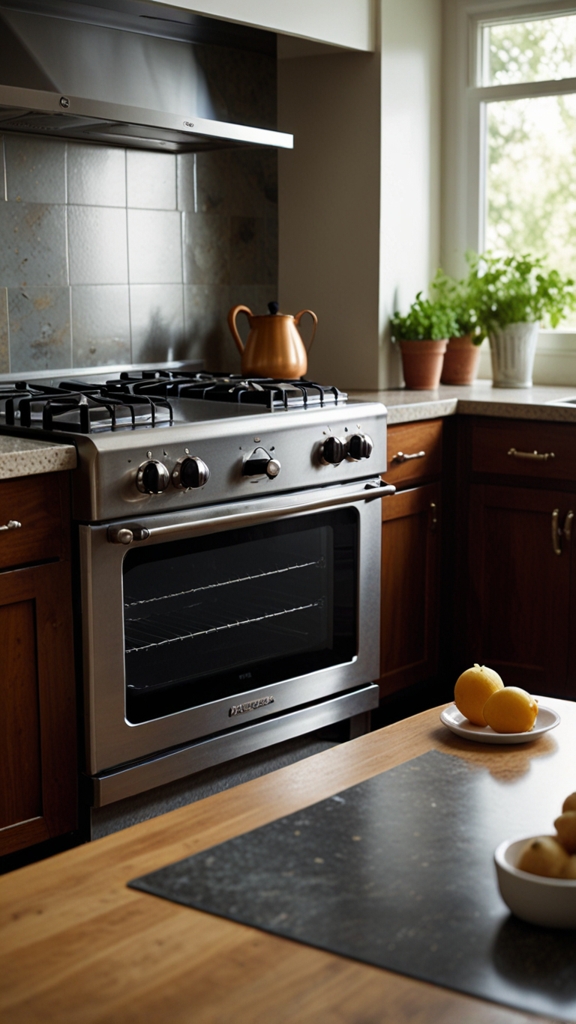
For small tasks, opt for energy-efficient gadgets:
- Toaster ovens or microwaves: Use less energy for heating small meals compared to traditional ovens.
- Electric kettles: Boil water more efficiently than stovetops.
10. Adopt Sustainable Habits :
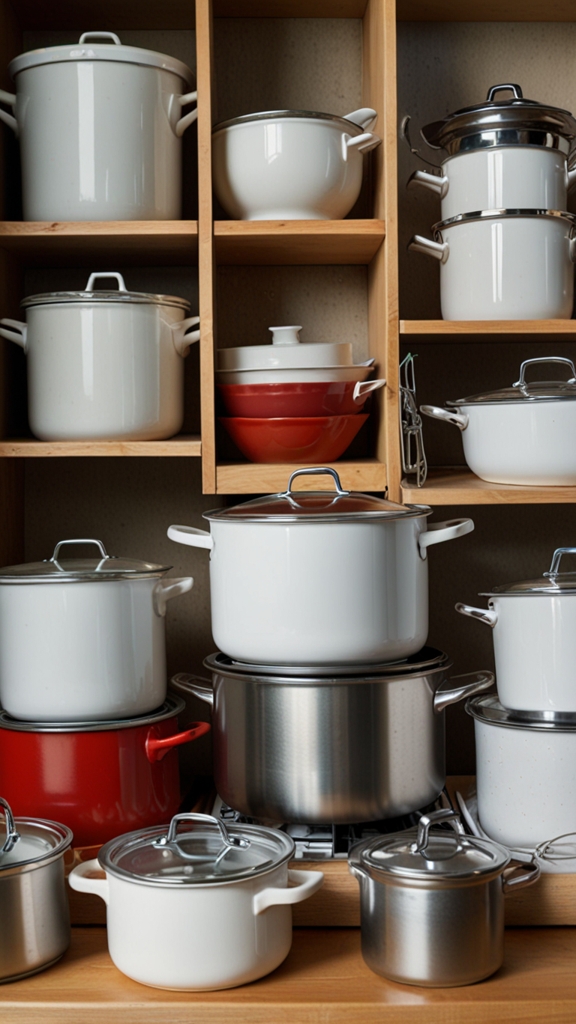
Simple behavioral changes can lead to significant energy savings:
- Cook with lids on pots: Trap heat and reduce cooking time.
- Batch cooking: Prepare meals in bulk to minimize oven use.
- Unplug appliances: Turn off devices when not in use to avoid phantom energy draw.
11. Optimize Refrigerator Usage :
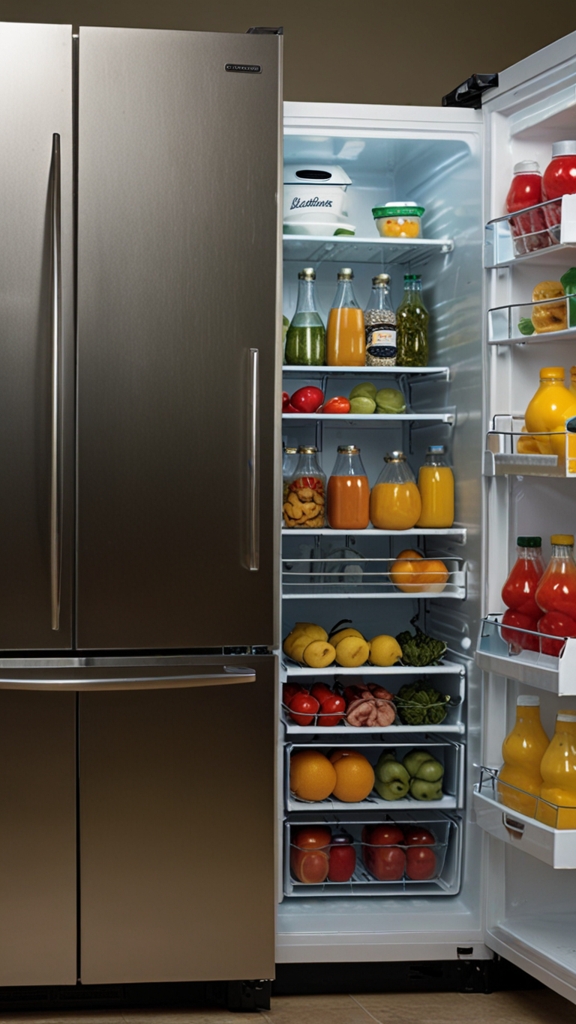
Maximize the efficiency of your fridge with these tips:
- Set the right temperature: 37°F for the fridge and 0°F for the freezer.
- Keep it stocked: A full fridge retains cold better but avoid overcrowding.
- Clean the coils: Dirty coils make the compressor work harder.
12. Switch to Eco-Friendly Cleaning Products :

Minimize the environmental impact of cleaning:
- Biodegradable soaps and detergents: Free from harmful chemicals.
- DIY cleaners: Use ingredients like vinegar, baking soda, and lemon.
- Reusable cloths: Replace disposable paper towels with washable alternatives.
13. Install a Greywater System :
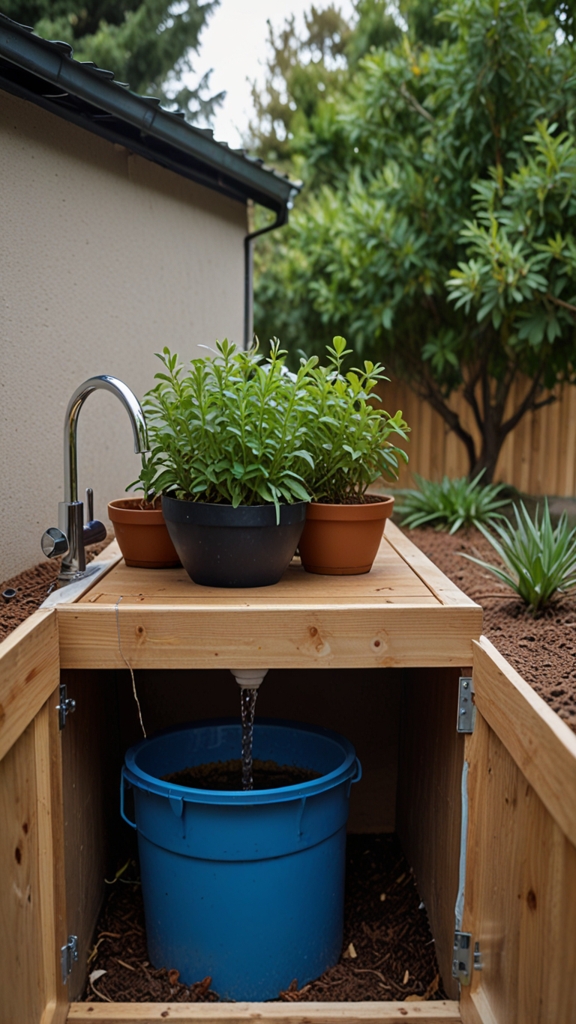
Consider recycling water to reduce waste:
- Greywater systems: Capture water from sinks for reuse in irrigation or toilets.
- Rainwater harvesting: Collect rainwater for non-potable uses.
14. Incorporate Greenery :
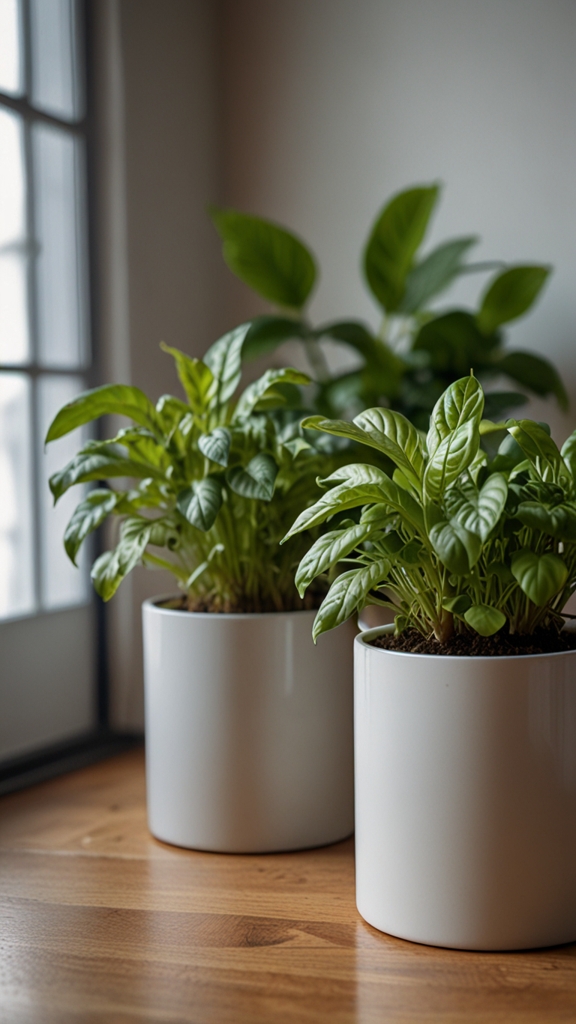
Add indoor plants for aesthetics and air purification:
- Herb gardens: Grow fresh herbs like basil and mint, reducing the need for store-bought options.
- Air-purifying plants: Improve indoor air quality naturally.
15. Consider an Induction-to-Gas Switch :
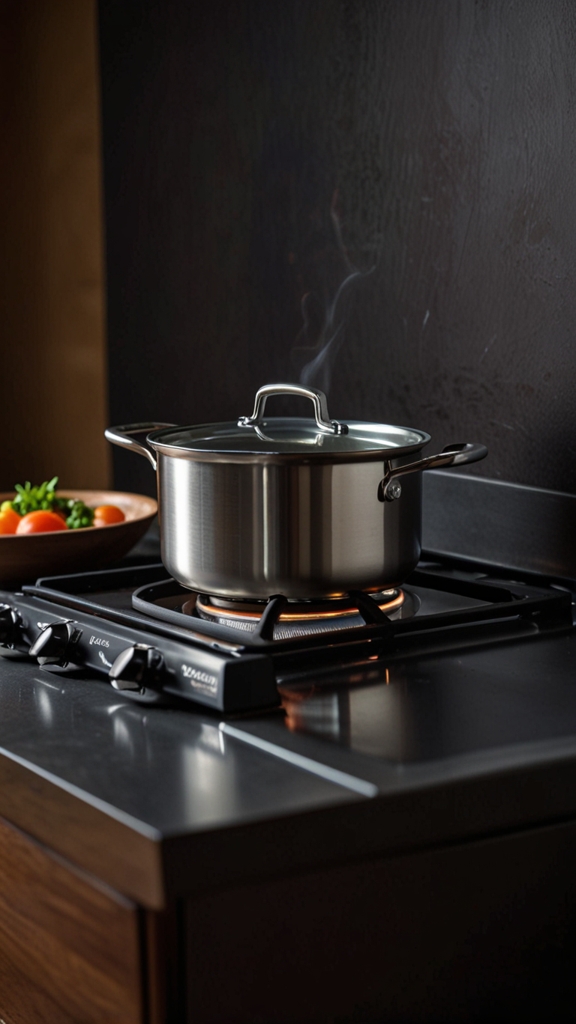
If you use a gas stove, switching to induction can save energy and reduce emissions. Induction cooking is more efficient and safer, using electromagnetic energy to heat pots directly.
16. Invest in Sustainable Utensils and Cookware :

Upgrade to eco-friendly tools:
- Stainless steel or cast-iron cookware: Durable and non-toxic.
- Wooden or bamboo utensils: Compostable and sustainable.
- Silicone baking mats: Replace single-use parchment paper.
17. Monitor Energy Usage :
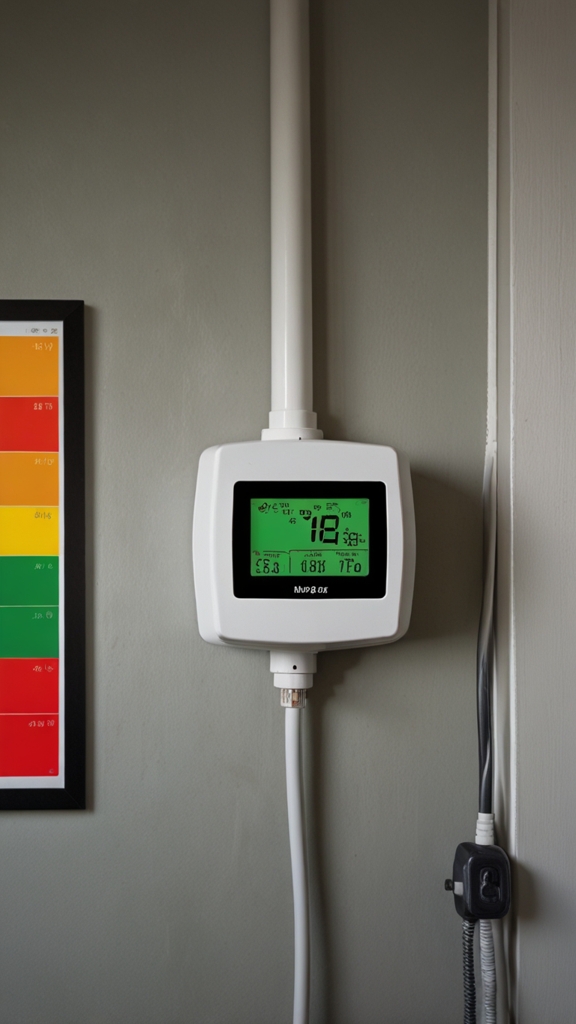
Track your consumption for better control:
- Home energy monitors: Identify energy-hogging appliances.
- Smart meters: Provide real-time data to optimize energy use.
Conclusion :
Making your kitchen energy-efficient and eco-friendly involves a combination of upgrading appliances, adopting sustainable materials, and changing daily habits. By implementing these strategies, you’ll create a kitchen that’s not only kinder to the planet but also a joy to use. Start with small changes today and gradually build toward a fully sustainable space.

